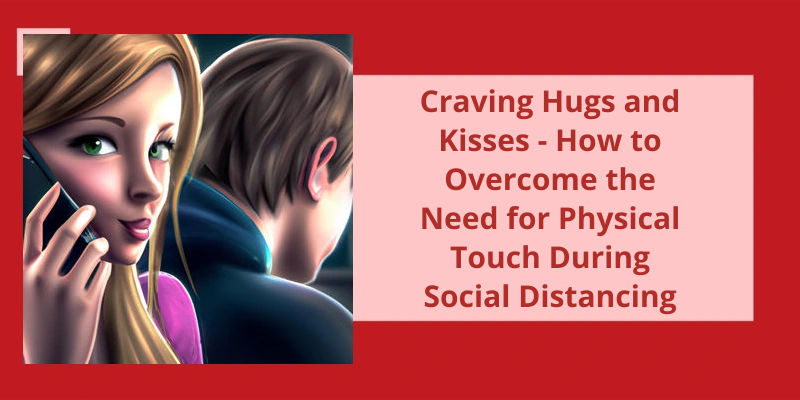It’s characterized by intense emotional reactions that can lead to impulsive behavior, unstable relationships and a distorted sense of self. While the causes of BPD aren’t fully understood, research suggests that a combination of genetics, brain chemistry and environmental factors may be involved. One of the hallmark features of BPD is a tendency to become attached too quickly to others, often resulting in tumultuous romantic relationships that are marked by intense feelings of love, jealousy and betrayal. This behavior can be difficult to understand for those who don’t have BPD, but for those who experience it, it can be a challenging and painful reality that they struggle with on a daily basis. If you or someone you know is struggling with BPD, it’s important to seek professional help and support to manage the symptoms and improve the quality of life.
Why Do People With BPD Move on So Fast?
This has left them with a deep-seated fear of abandonment and an intense need for validation from others. As a result, when they meet someone who shows them love and attention, they become attached quickly and easily. They often idealize this new partner and put them on a pedestal, seeing them as the answer to all their problems.
However, the intensity of their emotions and attachment can be overwhelming, even for the new partner. This can lead to a push-pull dynamic where the person with BPD may become clingy and demanding, only to then distance themselves and push the new partner away. This can be confusing and hurtful for the new partner and can lead to a cycle of intense relationships that burn out quickly.
People with BPD also struggle with a sense of self and may feel empty or lost without a partner. They may use relationships as a way to define themselves and find a sense of purpose and identity. This can lead to a pattern of jumping from one partner to the next, always searching for that validation and sense of self-worth.
It’s important to note that not all people with BPD exhibit these behaviors and that everyone with the disorder is unique. However, for those who do struggle with intense relationships and quick attachments, therapy and self-reflection can be helpful in understanding and managing these patterns. With the right support, people with BPD can have healthy and fulfilling relationships, without the constant need for validation and intensity.
The Impact of Childhood Trauma and Abuse on the Development of BPD and Attachment Patterns
- Childhood trauma and abuse can have a significant impact on the development of Borderline Personality Disorder (BPD).
- Individuals who’ve experienced neglect, physical, sexual, or emotional abuse during their childhood are at higher risk of developing BPD.
- Childhood trauma and abuse can also lead to the formation of insecure attachment patterns in adulthood.
- People with BPD often struggle with forming healthy and stable relationships due to their attachment patterns.
- Therapy, such as dialectical behavior therapy (DBT) or schema therapy, can help individuals with BPD cope with their experiences of trauma and form more secure attachments.
Conclusion
However, it's important to remember that this disorder doesn’t define a person and that recovery is possible with proper treatment. It's important for those with BPD to prioritize their own emotional well-being and seek help when necessary in order to maintain stable, fulfilling relationships. Ultimately, understanding and empathy from others can play a significant role in the recovery process, and can help individuals with BPD feel validated and supported as they work towards a healthier and happier life.






